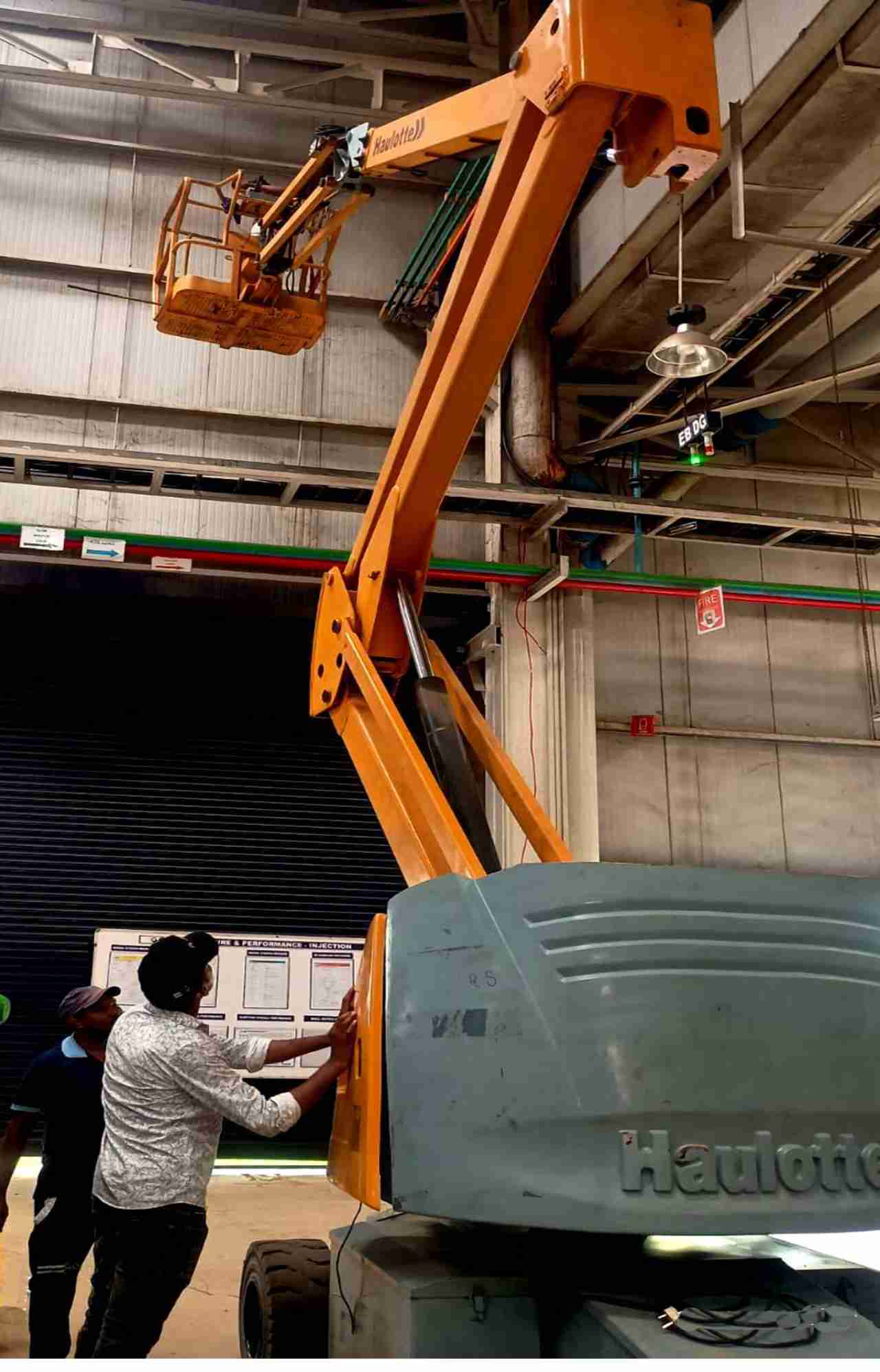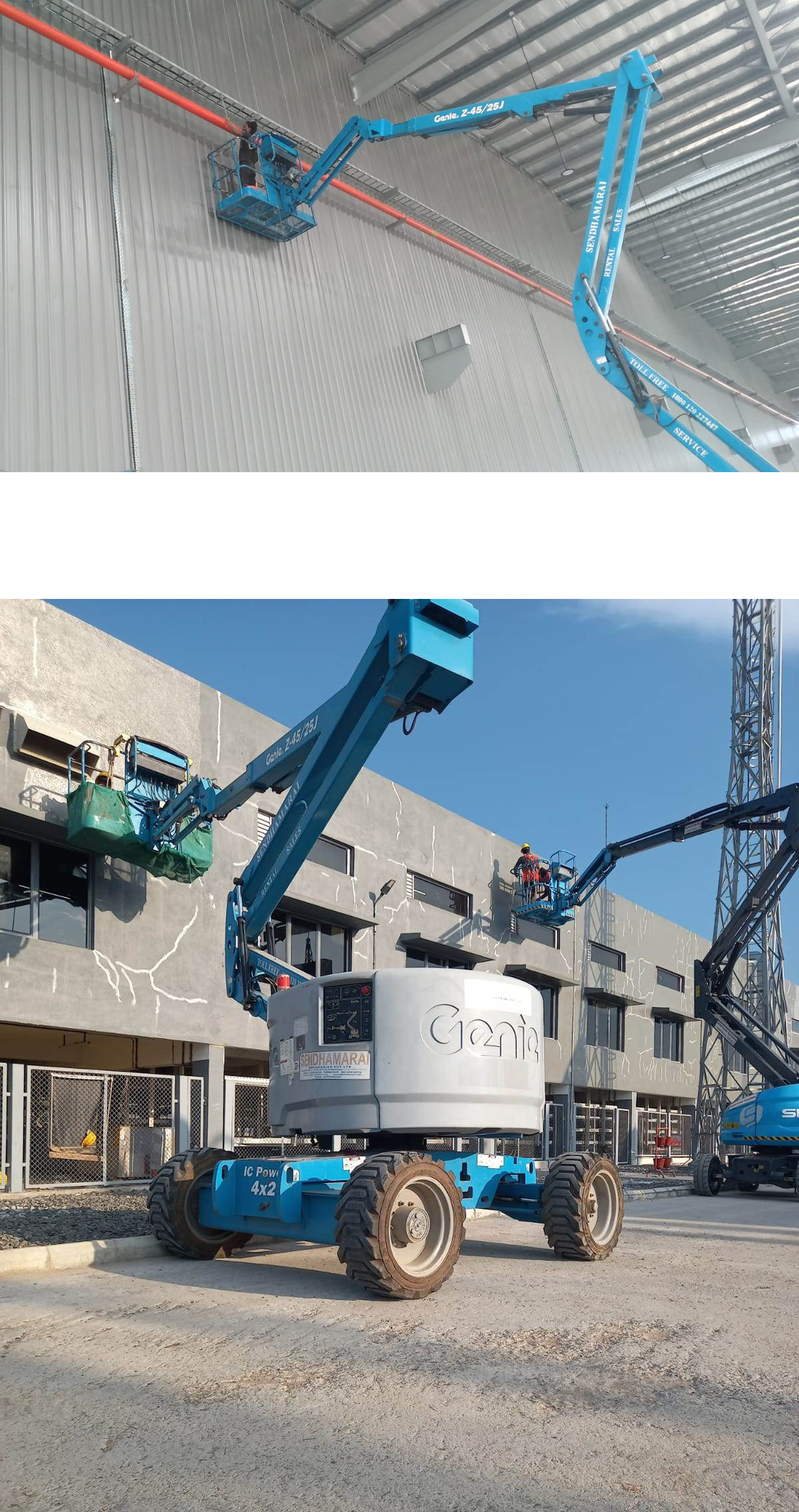Bangalore Boom lifts are versatile machines that allow workers to reach elevated areas with ease and safety. However, with great height comes significant responsibility. Whether working indoors or outdoors, articulating boom lift safety is critical to ensure that workers stay secure and projects proceed without incidents. we'll explore the essential safety considerations, focusing on the unique challenges of working at heights in both indoor and outdoor environments.
Importance of Boom Lift Safety
Safety is paramount when working with boom lifts. Due to the heights involved and the potential hazards, strict safety protocols must be followed to avoid falls, tip-overs, or equipment malfunctions. Whether indoors or outdoors, ensuring the operator and ground crew are aware of all safety guidelines is essential for a safe working environment.
Boom lifts are widely used indoors, particularly in environments such as:
- Warehouses
- Large retail spaces
- Manufacturing facilities
- Indoor construction projects
These settings often require the lift to navigate tight spaces, pass through narrow aisles, and access elevated storage or machinery.
Electric boom lifts are commonly used indoors due to their compact size and emission-free operation.
Outdoor boom lift use is common in:
- Construction sites
- Landscaping projects
- Telecommunications work
- Roadside repairs
Rough terrain lifts are often chosen for outdoor projects because they can handle uneven surfaces and reach great heights in more challenging environments.
Routine Maintenance and Inspections
Routine inspections and maintenance are critical for the longevity and safety of boom lifts. This includes checking:
- Hydraulic Systems: Ensure the fluid levels are adequate and there are no leaks.
- Tires: Check for wear and tear, especially for rough terrain lifts.
- Safety Features: Ensure all emergency stop buttons, alarms, and safety mechanisms are functioning.
Boom lifts are an invaluable tool for height work, both indoors and outdoors. However, their use comes with inherent risks. By following safety guidelines, selecting the right equipment, and ensuring proper training, workers can reduce these risks and complete tasks efficiently. Always prioritize safety, inspect equipment regularly, and stay aware of environmental factors like weather and ground conditions.
Enquiry Read More



